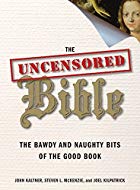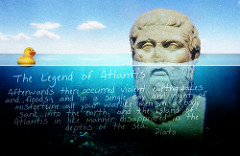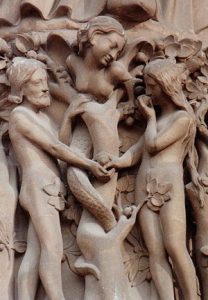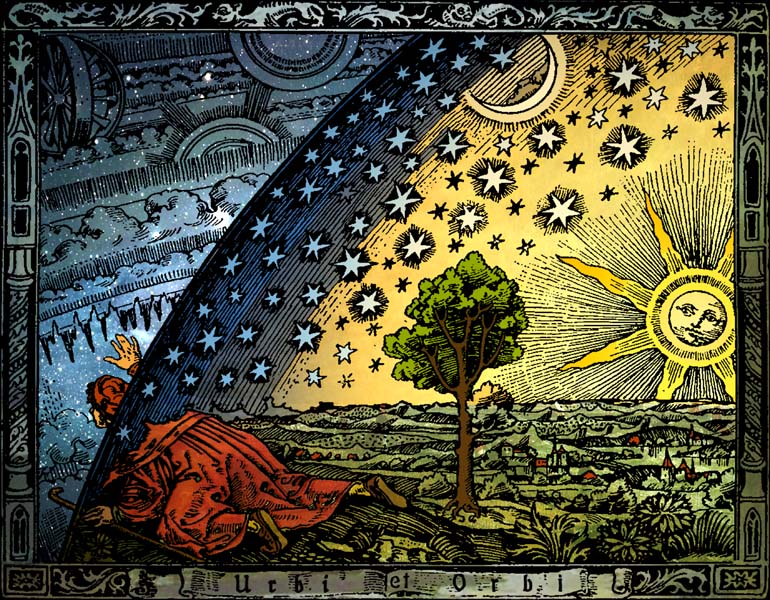 Niels Peter Lemche has a chapter in Lester Grabbe’s Did Moses Speak Attic titled, “The Old Testament – A Hellenistic Book?” Here are a few highlights from it. The first point here should stand out as equally relevant for New Testament studies.
Niels Peter Lemche has a chapter in Lester Grabbe’s Did Moses Speak Attic titled, “The Old Testament – A Hellenistic Book?” Here are a few highlights from it. The first point here should stand out as equally relevant for New Testament studies.
NT studies digression
Historical Jesus/Christian origin scholars should have this framed and displayed on their work desks — or used as their computer wallpaper:
It is an established fact that a literary product must be considered a reflection of its age of origin, as nobody can escape being a child of his or her own time. This is absolutely commonplace but, on the other hand not to be forgotten by, say, narrative analysts who may claim that it is possible to understand an argument by a person in the past without knowing in advance the specific values attached to his age to certain beliefs and concepts. The same applies to the study of the biblical literature, although written by anonymous authors. It is surely extremely naive to believe that the meaning of biblical books can be properly exposed without knowledge of their date of composition, about the ideas current in that age or the beliefs common to their audience; and it is of no consequence whether the subject is a narrative as a whole or parts of it or just single concepts and phrases. (p. 295)
This statement here — surely a simple truism — goes to the heart of many historicists’ errors. Acknowledgment of Lemche’s point here is what gives Earl Doherty’s interpretations of Paul’s writings the lay down misère advantage over orthodox mainstream interpretations. I would go further than Doherty, however, and suggest the significance of the common themes in both Paul’s and second-century writings. But the most significant error that comes from New Testament scholars overlooking this basic fact is their interpretation of the Gospels themselves.
What Lemche’s paragraph builds on is an equally pertinent observation on historical method that is generally overlooked by mainstream New Testament scholars. Lemche complained that among OT scholars
Although it has become a standing procedure in the study of the Old Testament to begin where we know the least and to end at the point where we have safe information in order to explain what is certain by reasons uncertain and from an unknown past, it is obvious to almost everybody else that this procedure has no claim to be called scientific. We should rather and as a matter of course start where we are best informed. Only from this vantage point should we try to penetrate into the unknown past. (p. 294)
But though it is in the second century that we are best informed about the appearance of both the Pauline epistles and Gospels, to follow Lemche’s truism here and apply what would be considered standard scientific procedure by “almost everybody else” is generally dismissed as an extremist or fringe position!
So much for the digression. Now for some highlights of Lemche’s discussion arguing for a very late date for the Old Testament.
More Greek philosophical inspiration for Genesis
I recently posted on the possibility that Genesis myths were inspired by Plato‘s philosophical myths.
Lemche discusses another Greek philosophical concept found in Genesis 1. Continue reading “The Old Testament – A Hellenistic Book? (and other digressions)”
Like this:
Like Loading...
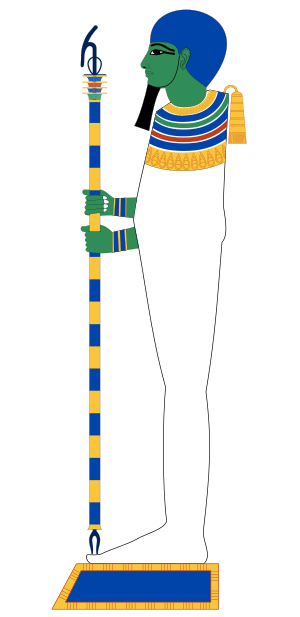




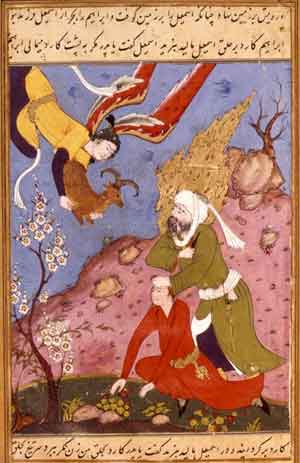
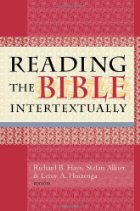


 Niels Peter Lemche has a chapter in Lester Grabbe’s
Niels Peter Lemche has a chapter in Lester Grabbe’s  I picked up
I picked up 